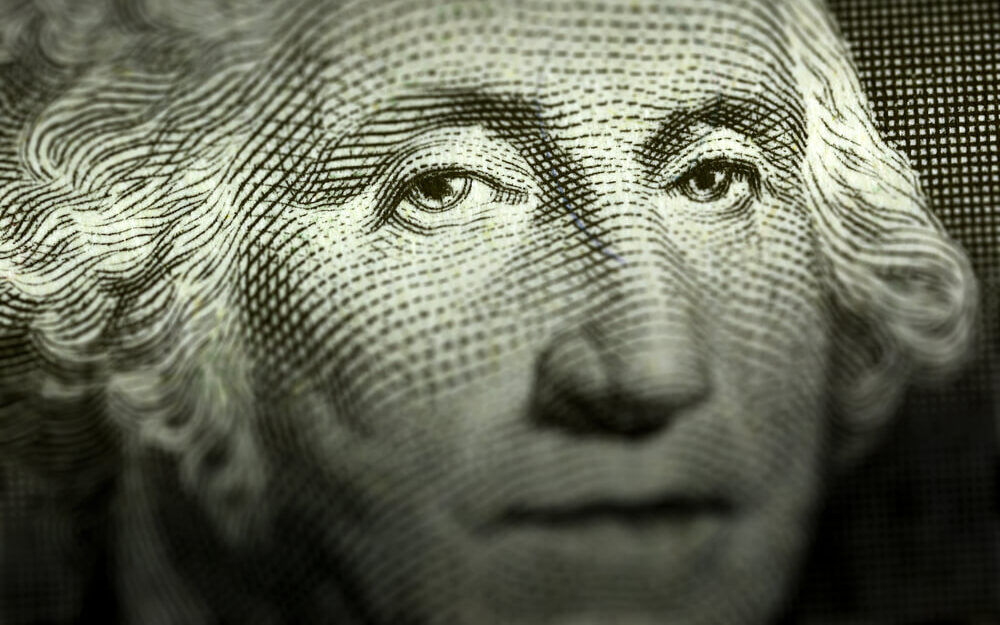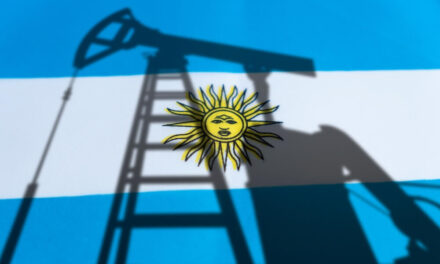Editor’s Note: 248 years ago, George Washington was preparing an ill-advised ambush that would swing momentum in his fledgling country’s favor. The first president’s Delaware River crossing solidified his legacy as one of America’s Founding Fathers, but did you know that Washington was also an incredibly successful investor? In today’s “Best of 2024,” we look back at a piece Adam O’Dell wrote back on President’s Day. Read on to see how Washington’s approach is at the core of what we do…
Enjoy your holiday! We’ll be back with a new edition of Money & Markets Daily on Thursday.
This Thursday will mark the 292nd birthday of America’s first president and founding father, George Washington.
He only lived to see 67 of those years, but he left behind a legacy that’s still celebrated the world over. Schoolchildren across America can tell you all about his accomplishments. The markets close, and most everyone in America takes the day off work to celebrate his birthday each year.
(I don’t even take my own birthday off!)
We celebrate Washington because he was a man of almost mythical proportions. A cunning general who inspired his army to fight and win against seemingly insurmountable odds.
But I think we also celebrate Washington for another reason … because he was a truly great American. In George Washington, we see the best of us…
For example, history tells us that he loved dogs, so he probably would’ve gotten along with most Americans today.
He was also plagued by health issues — something many of us can also relate to.
Most people don’t realize it, but Washington was also an extremely successful investor…
The Real Secret to Washington’s Investing Success
Unlike most of our founding fathers, Washington wasn’t born into the wealthy aristocracy.
Instead, his family was essentially middle class (though he’d marry into wealth when he met Martha Dandridge).
He even struggled with debt as a young man, later advising Americans to live within their means and to ” “avoid occasions of expense … avoid likewise the accumulation of debt not only by shunning occasions of expense but by vigorous exertions to discharge the debts.”
Even though he wasn’t born into money, Washington could plainly see how wealth worked.
He realized that the rich stayed rich by managing massive portfolios of land. They were real estate investors, and most of the market was reserved for the ultra-wealthy. Hence the name “landed gentry.”
But ol’ George spotted a unique opportunity…
Up and down the Atlantic coast, land was selling for a pittance — an average price of $0.35 per acre years before the American Revolution. (For reference, the average cost of an acre of land in the U.S. today is around $17,500.)
America didn’t really exist yet, and the future of the colonies was hazy, to say the least. British nobles mostly turned up their noses at the idea of buying American swampland, and most hard-working Americans couldn’t afford it.
So Washington started buying land … as much as he could lay his hands on.
By the time he was elected president, Washington was already one of the country’s largest landowners.
When he died at 67, Washington owned 52,000 acres of prime American real estate.
At today’s prices, his portfolio would be worth $43.6 billion — making President Washington richer than Dell Computers founder Michael Dell.
Follow the General’s Lead
More than just another larger-than-life anecdote about America’s first president, Washington’s investing success serves as a personal inspiration for me.
After all, Washington emerged from the middle class…
Commandeered the wealth-building tools of the ultra-wealthy…
Then he went “all-in” on America’s future using the most profitable investments available to him.
In short — he set a practical example we could all follow.
Enjoy the rest of your holiday!
To good profits,

Adam O’Dell
Chief Investment Strategist




